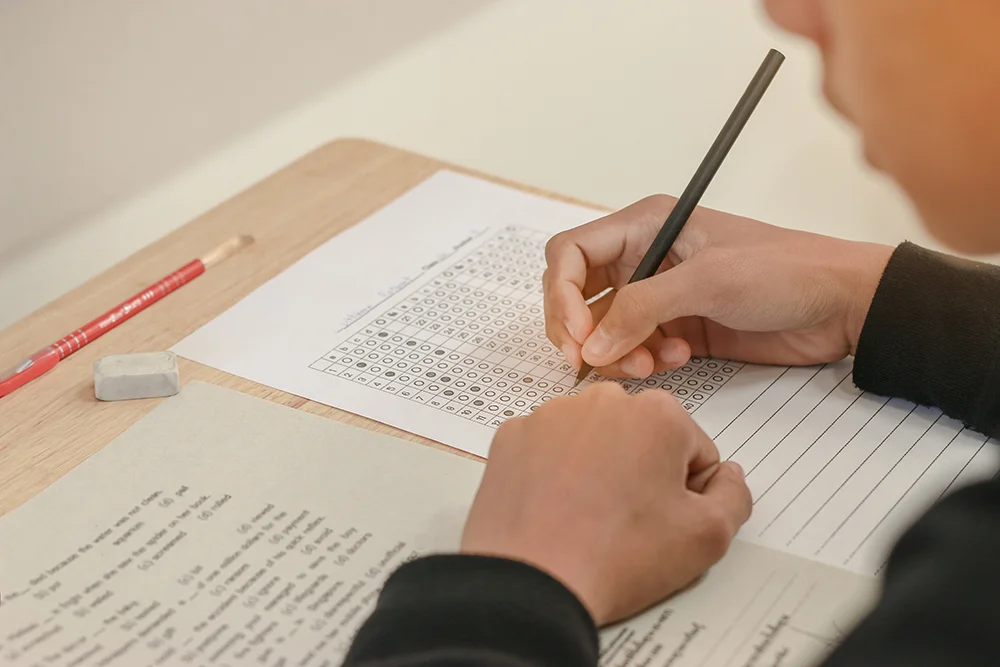A Look at the Experimental Section of the SAT
Chase Gabrielson
If you took the SAT administration in March or May of 2019, you might have noticed something new. In the March SAT, students taking the SAT with Essay were asked to sit for an experimental section. While students taking the test without Essay had a chance of getting the experimental section since the redesign in 2016, this is the first time the section had been given to those taking the essay.
If you’ll recall from a prior Star Tutors blog post, the SAT is normally three hours long and includes the following structure:
65-minute reading section
35-minute writing section
25-minute math section, no calculator
55-minute math section, with calculator
Optional essay that extends the test by 55 minutes
The addition of the experimental section tacks on another 20 minutes.
What is the Experimental Section of the SAT?
The idea of an experimental section on the SAT is not a new concept. As a matter of fact, there has been some version of an experimental section throughout the test’s history.
Today, students know the experimental section as the fifth section of the SAT (or sixth with essay). It is typically placed after the math (with calculator) section and can include questions from any of the other four sections of the test.
The goal of these additional questions is to test future content. In fact, the test calls them “pre-test” questions, as in they will appear on a future test. These questions allow the College Board to look at the level of difficulty while attempting to detect any evidence of cheating.
Is Every Student Required to Complete the Experimental Section?
The experimental section was traditionally for students who opted out of the essay. However, the latest instructions sent to test administrators in March 2019 imply all students at certain administrations will be required to take the experimental section of the SAT.
This is from the Spring and Summer 2019 The SAT and SAT Subject Tests Supervisor Manual:
“At some centers, certain administrations will include an additional 20-minute section to be completed by all SAT test takers, including students taking the SAT with Essay.”
Does the Experimental Section Count Toward the Overall Score?
No one knows for sure. The College Board’s official statement doesn’t really offer much clarity on how (or if) the experimental section impacts an overall test score:
“The SAT (as of March 2016) and SAT with Essay (as of March 2019) contain some questions that won’t be used to compute student scores. These questions may appear in any section. To give students the extra time to answer more questions, the tests include a fifth section with regular and pretest questions.”
What Advice is Star Tutors Giving to Students Regarding the SAT and Potential of Taking the Experimental Section?
While we do believe there’s a very low chance that any of the questions in this section will count, we’d rather have you be safe than sorry! With no clear answer on whether the experimental section contributes to your test score, we have to believe there is a chance some of this section will count.
In addition, even if the questions don’t count, think of trying hard on this section as doing future students a favor. The SAT has struggled somewhat on curve fitting since the test redesign, and this wider-used experimental section could help correct that.
If you are planning on taking the Official SAT test in August or will be taking it in the fall, we’re kicking off our virtual classroom programs guaranteed to improve your test score from the comfort of your home!
Have questions about how Star Tutors can help you improve your score? Call us today at 310-905-0141 for a free 20-minute consultation.
